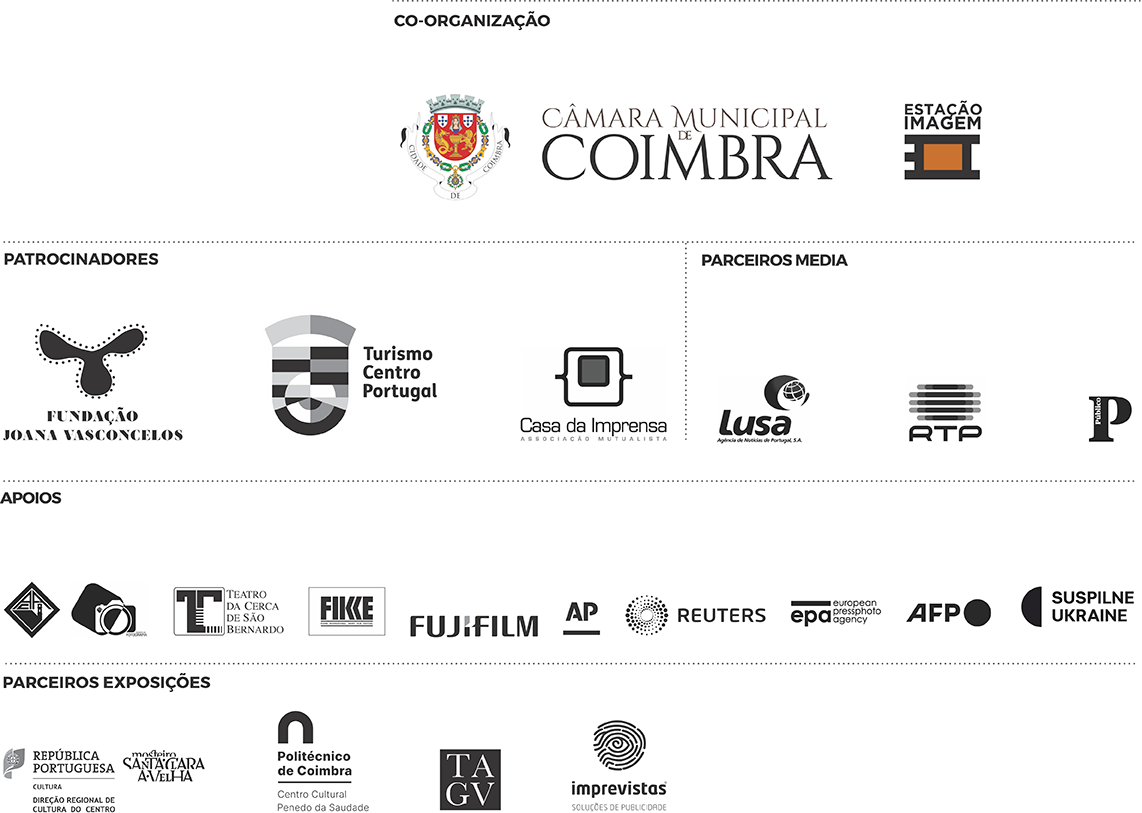A ESTAÇÃO IMAGEM, com o apoio da Câmara Municipal de Coimbra, atribui uma bolsa anual destinada à realização de um projecto documental sobre a região. O trabalho é publicado em livro e divulgado através de uma exposição.
Raised from the ground
Before it was Wolfram and Uranium, today it is Lithium, more than a century of mining in Portugal. The central region of the country has been marked by mining for over a century. The Panasqueira mines, where wolfram and copper are explored, are the largest in Portugal and the largest in Europe, with around 12,000 km of underground tunnels, excavated since their initial construction in 1895. Initially, the mining complex of extraction and processing was concentrated between Cabeço do Pião, in the municipality of Fundão, and in the village of Panasqueira, in the municipality of Covilhã, but later expanded. Currently, the entrance to the mine is located in the Barroca Grande area. The impact on the landscape in Cabeço de Pião is overwhelming. This mining complex, due to its scale, operating time, economic importance, and environmental impact ended up playing a leading role in shaping the identity, social fabric, and history of Beiras, in which the Coimbra region is located. Escádia Grande is also an ancient mine explored since Roman times. My family has roots in the village of Felgueira Velha, district of Coimbra. My paternal grandfather worked in the Ugeiriça mines in Canas de Senhorim, where uranium was explored, for 30 years, my eldest uncle, his son, 15 years until it closed. Both had “powder allowance” and mining disease insurance. As a child, I imagined their faces and lungs covered in dust. I didn't know that this dust was radioactive and that radon levels were extremely high in these mines. At that time in this region, there were three employment solutions, agriculture, mining, or emigrating. The family was numerous, the solution was mine. There is a high number of cancer patients among former mine workers, especially lung cancer.
Today, the focus of mining in Portugal is lithium, of which the country holds the ninth largest reserve in the world, the largest in Europe, in particular the Guarda-Mangualde area. The exploration of wolfram and uranium was fundamental during the world wars, and in the economic growth based on post-war heavy industries. Currently, the need for lithium is opposite to this paradigm and is based on green energies. Lithium is essential for the production of batteries that we use from cell phones, pacemakers, to electric vehicles, fundamental vectors of the energy transition. But history tells us that mining always has a human and environmental cost. In this documentary research work I propose to investigate and document the past of mining in the region and the impact that the new exploration has and will have in the future, in the districts of Coimbra, Viseu, Castelo Branco, and Guarda. So that the mistakes of the past can be avoided and the quality of life in the mining sector can be improved. I intend to make a series of portraits of the people involved in my past and present of mines, the landscape and its direct consequences on the environment, against the backdrop of the local communities.
